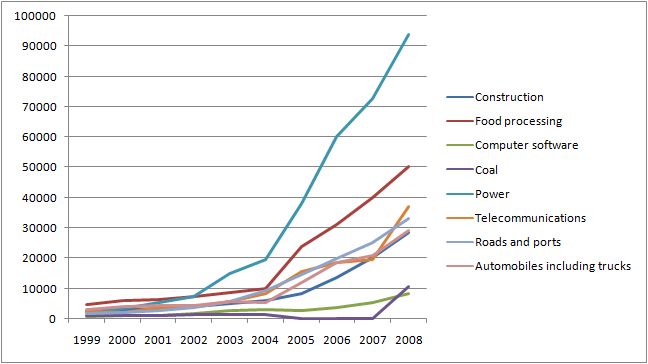Very soon, Dr. Manmohan Singh will be re-elected the Prime Minister of India. He will be the second prime minister to have completed one full term and then be elected again.
The mild mannered unassuming man who was the prime architect of India’s economic reforms and liberalization process in the 90’s has always been an unlikely politician.
For starters, he is an economist. He went to Cambridge and Oxford and completed his D Phil from the University of Oxford.
He has also worked in the IMF and the UN, and was the Governor of the Reserve Bank of India from 1982 to 1985.
In a landscape that is dominated by caste based polity and politicians with lengthy criminal records – it is hard not to be impressed by Dr. Manmohan Singh.
India’s reforms were started out of necessity, when the country found itself on the verge of a balance of payment default and it had no other option but to turn to the IMF. In exchange of IMF funds, the country slowly opened up its economy and allowed foreign players to come in and compete along-side the local ones.
Since, the beginning of reforms, the country has managed to lift millions of people out of poverty and a there has been the rise of a new wealthy middle class.
Even then, the reforms have failed to be as popular with the masses as one would have hoped. That’s because the reforms process has helped raise the standard of living substantially more in cities, than in rural areas. And a large part of the population still lives in the rural areas.
It is also true that states in southern India have developed much faster than states in other parts of the country. And that is primarily because of state chief ministers, who were willing to focus on economic reforms; instead of going after caste based vote banks.
Another reason has been the intellectual nature of the champions of the reforms process. The champions of reforms in India like the Prime Minister and Finance Minister are mild-mannered individuals who are not ones you associate with rabble rousing and a populist following. They lack the kind of mass – appeal that many other politicians have, and so far, have not been able to sell the idea of reforms to the masses.
Yet another reason has been the coalition of parties that has ruled the country in the past. The left parties have been part of the coalition at the center and their presence in the government has meant that they were able to block a lot of economic reforms taken by the government and stifle the whole process.
This time they won’t be part of the government and I am optimistic about the reforms process in the country finally taking off.
All the best, and congratulations to Dr. Singh, and India.
Photo Credit: Marko Belluci

